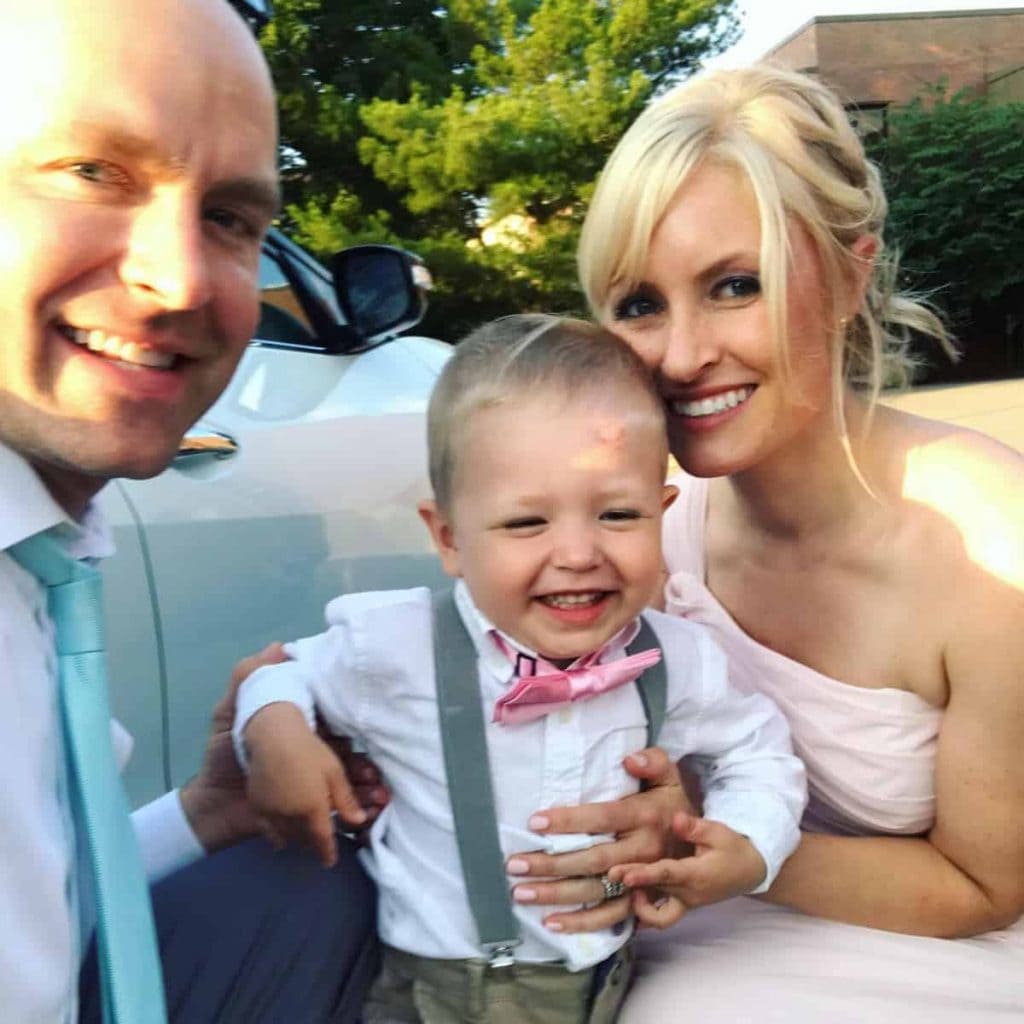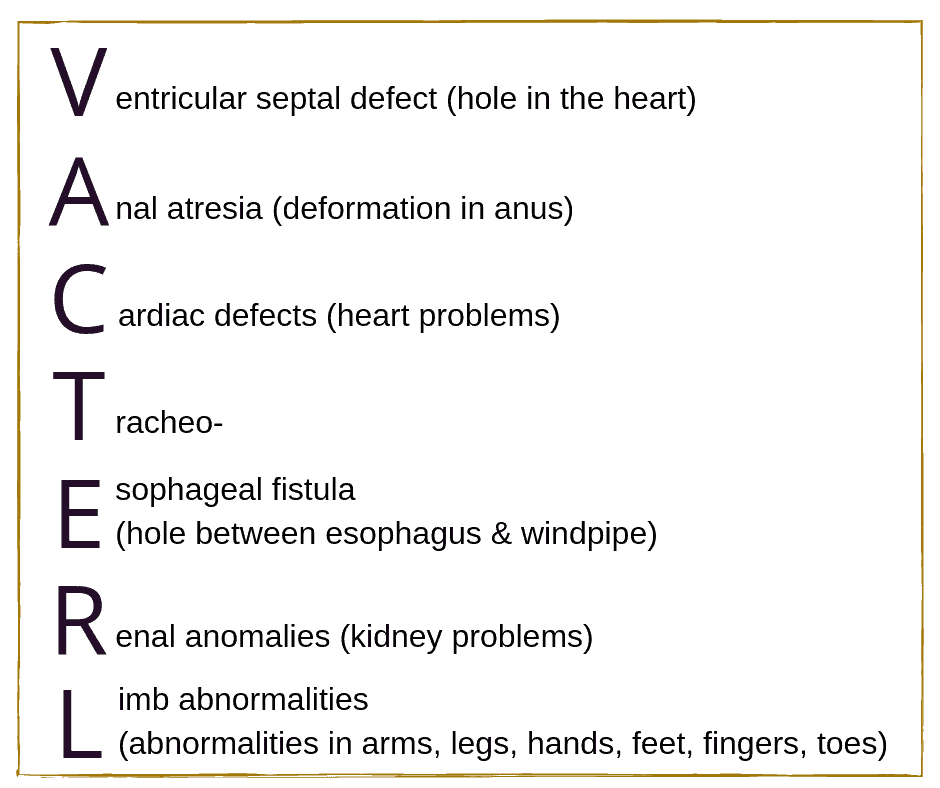Late term abortion stories are becoming more common as different states debate changes to abortion laws. We told one complicated medical abortion story in “A Crisis of Faith: Pregnancy Termination for Medical Reasons.” Today, we hear from Nicole, whose wanted and seemingly healthy pregnancy turned into the medical abortion story of her worst nightmares.
When Nicole discovered that her son had abundant abnormalities that would give him a short and painful life, she reconsidered all she’d ever known about medical abortions.
Too late to legally terminate her pregnancy in Ohio, Nicole was forced to travel out of state to endure a physically painful and emotionally devastating experience. She lost the child she had celebrated mere weeks before.
This article deals with the agony that a mother feels when faced with the worst decision. Birth a child who would suffer unimaginably or medically terminate the pregnancy?
Want to Share Your Story?
We publish these stories to help our readers understand and empathize with families who face these incredibly difficult paths, and to provide community to families who know such grief.
If you would like to have your story considered for publication, fill out the form on our “Write for Us” page.
We welcome stories from parents who have received devastating pregnancy diagnoses. This includes those who chose to carry to term and those who did not. We especially welcome stories from minority voices.

This site contains affiliate links, meaning that we earn a small commission for purchases made through our site. We only recommend products we personally use, love, or have thoroughly vetted.
What Is A Late Term Abortion?
Late term abortion is incredibly stigmatized. But what is it, exactly?
Late term abortion is typically defined as terminating a pregnancy after 20 weeks of gestation.
According to CDC data for 2015, only 1.3 % of all pregnancies terminated were after 21 weeks. After 24 weeks, when most doctors consider a baby viable outside of the womb, it was less than 1%.
But of this small percentage, the stories are important.
In the vast majority of cases (very few places can or will perform abortion procedures outside of these instances,) the family is dealing with one of two devastating circumstances.
- The mother’s life is in danger.
- The fetus has severe malformation(s) that could not be detected earlier. Usually, these malformations make the baby incompatible with life outside the womb, or mean the child will suffer extreme pain in their short lifespan.
(Note: When telling late term abortion stories and medical abortion stories, Undefining Motherhood uses the words “fetus” and “baby” interchangeably. This choice attempts to represent the varying opinions of our readers and experiences of families.)
Generally, people choose late term abortion not because the pregnancy is unwanted. Instead, it’s because ultrasounds or genetic testing have revealed severe medical issues with the child or issues that may harm the mother.
Nicole’s Late Term Abortion Story In Her Own Words

If you have ever had to consider terminating for medical reasons (a form of late term abortion), I hope you read my family’s late term abortion story and find comfort in knowing that you aren’t alone.
Hopefully, this gives some perspective about a painful and controversial topic.
Here is my story.
My Pregnancy Seemed Healthy
I was five months pregnant with our second son. My first pregnancy was perfect, and I was just trying to survive this one to “complete our family,” as my husband put it.
Little did I realize how much I was taking for granted. I never dreamed this would turn into a medical abortion story.
Then, during our routine 20-week ultrasound, my OBGYN found what we initially thought was a slight umbilical cord issue.
Although I was anxious to learn more, it took three weeks to get in for my routine Level II ultrasound.
With that ultrasound, the “issue” quickly spiraled into our worst possible nightmare.
Once testing began, each result brought a worse prognosis than the one before.
A Downward Spiral of Diagnoses: Ventricular Septal Defect and VACTERL Association
The first diagnosis we received was my son’s significant ventricular septal defect (VSD). This heart defect would have caused our baby to have congestive heart failure.
Had he survived after birth, he would’ve been quickly rushed into open heart surgery.
And this was just the beginning of the diagnoses. This was to be the “best” of the many medical issues he faced.
Next, we learned our baby had numerous severe anomalies requiring multiple immediate, life-threatening surgeries.
Collectively, these anomalies are called “VACTERL association,” which simply means a condition that affects many of the systems of the body.

According to the U.S. National Library of Medicine, VACTERL association stands for: “vertebral defects, anal atresia, cardiac defects, tracheo-esophageal fistula, renal anomalies, and limb abnormalities. People diagnosed with VACTERL association typically have at least three of these characteristic features.”
This means that, in addition to open heart surgery, doctors would have to perform several or all of the following surgeries:
- constructing a missing esophagus
- detaching his stomach from his lungs
- creating a colostomy/ missing anus
- correcting severe spinal deformities
The only part of his body that was “normal” was his brain. And after the extensive surgeries and many months in the NICU, there was a strong possibility that even that would be impacted. He would likely have severe learning disabilities if he survived.
There is no known genetic or environmental cause of his severe VACTERL diagnosis, and all genetic testing came back normal. I was told this is a fluke. A 1 in 40,000 fluke.

Choosing Late Term Abortion Over Allowing Our Child to Suffer
There are no survival rates or statistics available for the severity of the diagnosis we were given. My beloved son would have suffered every minute he was on earth.
My child would required extreme medical care. He would not be allowed to die naturally because there are no protections or “comfort only” measures for newborns. This means a dying person is allowed to pass naturally while being kept as comfortable as possible.
But that would not have been my son’s fate. His medical team would have been legally required to do everything they could to save him. He would’ve been through multiple surgeries–all extremely life threatening. Alone.
He would have been taken from me and then likely died. Scared, alone, and in extreme pain.
Without access to statistics but knowing this highly likely outcome, we made the most difficult decision we’ve ever faced.
We decided to medically terminate over choosing suffering for our baby.
What we once thought was “completing our family” turned into the devastating late term abortion story we never imagined living.
Our Decision to Have a Medical Abortion
It was a devastating decision, but we never wavered.
I chose this path out of love, and I would choose it again.
Mammas that go through this experience are strong. Our babies are strong, but sometimes their little bodies cannot win an impossible fight.
Who are we to choose extreme suffering for a child?
Protecting my son from suffering didn’t come easily. It required out-of-state travel to access a procedure that was not legal in my own state.
Had I chosen to carry him to term, my son would not have been guaranteed the comfort measures he deserved after his birth. Nor were either of us provided the right to grant those comfort measures by preventing his birth and subsequent suffering.
Ultimately, my baby is safe and loved. I’m thankful I had the opportunity to protect him from the cruel, short life he would have lived.
Stories Like Mine Are Rare, But Devastating
According to the U.S. Center for Disease Control, 10-15 out of every 1000 live births have severe and possibly fatal birth defects. The reasons for these defects are varied. Each situation deserves professional medical care, compassion, and empathy.
Families like mine, who receive these gut-wrenching diagnoses, are often ashamed and grieve in private.
What we desperately need is a community of support and love, not one of shame and judgement.
I tell this story to help minimize the stigma, and to help you know that you are not alone. Read more about the importance of these conversations in “Why We Really Need to Talk About Grief.”
Sometimes as a mother, you can give peace or you can give life. It’s not an easy decision. And you cannot know what you would choose until you’re in the position.
I chose peace for my child.
Nicole is an engineer in the manufacturing industry. She is a full-time working mom. Nicole has been married for 7 years and has a toddler son who keeps her on her toes! She has become very passionate about keeping ALL reproductive healthcare legal after grieving the loss of her second son. If you are interested in connecting or learning more, please visit her on Instagram @thepurposefulmamma.
If you’ve experienced a heartbreaking pregnancy diagnosis, what are things others did–or could have done–that helped you?
Talk to us in the comments so we can learn how to support families through these awful times.
More Miscarriage Stories
- Katy’s recurrent miscarriage story
- Beth’s ectopic pregnancy story
- Dawn’s miscarriage after an unplanned pregnancy
- Arden’s misoprostol experience
- Katy’s blighted ovum story
- Whitney’s experience with back-to-back miscarriages
- Natasha’s experience miscarrying twins
- Faith’s experience with termination for medical reasons











One thought on “Nicole’s Forbidden Late Term Abortion Story: What You Need to Know”